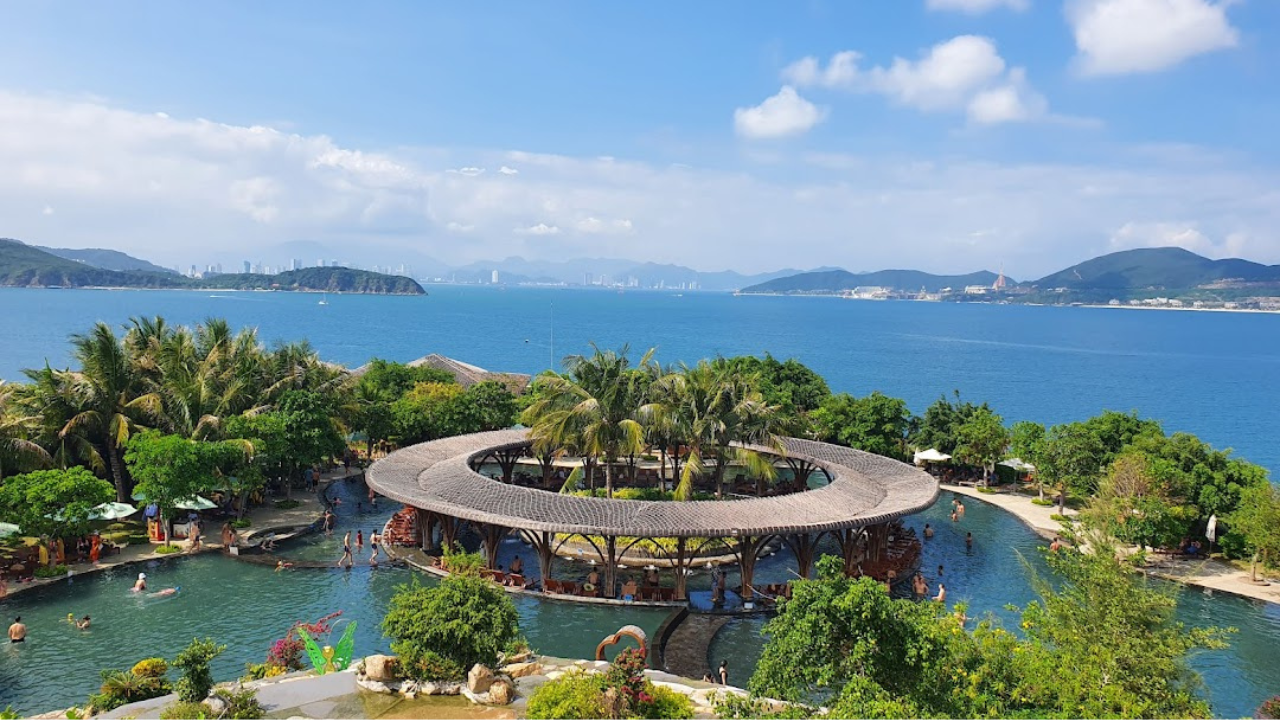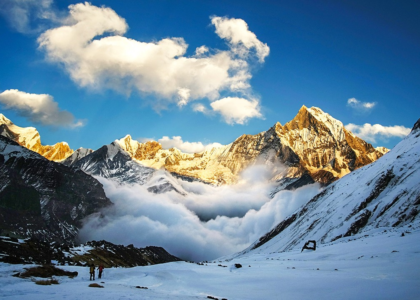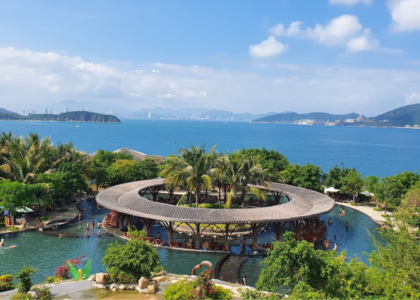The Inca civilization, one of the most remarkable in history, left behind a legacy of architectural marvels, intricate road systems, and a deep connection to the natural world. Today, hiking in the footsteps of the Incas is not just a physical journey but a spiritual and historical adventure that takes you through some of the most stunning landscapes in South America. From the iconic Machu Picchu to lesser-known trails, this guide will take you on a journey through the Andes, exploring the paths once walked by the Incas.
The Inca Trail: A Pilgrimage to Machu Picchu
The Inca Trail is the most famous hike in South America, and for good reason. This 26-mile (42 km) trail winds through the Andes, passing ancient ruins, cloud forests, and breathtaking mountain vistas before culminating at the majestic Machu Picchu.
Highlights of the Inca Trail
- Day 1: Starting in Cusco: Begin your journey in Cusco, the ancient capital of the Inca Empire. Acclimate to the altitude and explore the city’s historic sites.
- Day 2: Km 82 to Wayllabamba: Start the trek at Km 82, passing through small villages and the ruins of Llactapata.
- Day 3: Wayllabamba to Pacaymayo: Ascend to Dead Woman’s Pass (13,828 ft/4,215 m), the highest point of the trail, and enjoy panoramic views of the Andes.
- Day 4: Pacaymayo to Wiñay Wayna: Hike through lush cloud forests and visit the ruins of Runkurakay and Sayacmarca.
- Day 5: Wiñay Wayna to Machu Picchu: Arrive at the Sun Gate (Inti Punku) at sunrise for your first glimpse of Machu Picchu. Spend the day exploring the iconic citadel.
Tips for Hiking the Inca Trail
- Book Early: Permits are limited and sell out months in advance.
- Acclimatize: Spend a few days in Cusco to adjust to the altitude before starting the trek.
- Pack Wisely: Bring layers, sturdy hiking boots, and a good-quality sleeping bag.
- Hire a Guide: A knowledgeable guide can enhance your experience with insights into Inca history and culture.
Alternative Inca Trails
If the classic Inca Trail is too crowded or challenging, consider these alternative routes that also lead to Machu Picchu:
1. Salkantay Trek
- Distance: 46 miles (74 km)
- Duration: 5 days
- Highlights: Hike past the stunning Salkantay Mountain (20,574 ft/6,271 m), traverse high-altitude passes, and descend into lush cloud forests.
2. Lares Trek
- Distance: 21 miles (34 km)
- Duration: 4 days
- Highlights: Experience authentic Andean culture by visiting traditional Quechua villages and hot springs.
3. Choquequirao Trek
- Distance: 40 miles (64 km)
- Duration: 4-5 days
- Highlights: Explore the remote ruins of Choquequirao, often called the “sister city” of Machu Picchu, with far fewer tourists.
Beyond Machu Picchu: Other Inca Sites to Explore
While Machu Picchu is the crown jewel of Inca architecture, there are many other fascinating sites to explore:
1. Sacsayhuamán
- Located just outside Cusco, this fortress showcases the Incas’ incredible stonework. The massive stones fit together so precisely that not even a blade of grass can slip between them.
2. Ollantaytambo
- This well-preserved Inca village features a massive temple complex and terraces that were used for agriculture and defense.
3. Pisac
- Known for its impressive agricultural terraces and ruins, Pisac offers stunning views of the Sacred Valley.
4. Moray
- This archaeological site features circular terraces believed to have been used as an agricultural laboratory by the Incas.
Preparing for Your Inca Adventure
Hiking in the footsteps of the Incas requires careful planning and preparation. Here are some tips to ensure a successful trip:
1. Physical Fitness
- Train for several months before your trek, focusing on cardio and strength training. Hiking at high altitudes can be physically demanding.
2. Packing Essentials
- Clothing: Layered clothing, waterproof gear, and sturdy hiking boots.
- Gear: A good-quality backpack, sleeping bag, and trekking poles.
- Miscellaneous: Sunscreen, insect repellent, and a reusable water bottle.
3. Altitude Sickness
- Acclimatize in Cusco or another high-altitude location before starting your trek. Stay hydrated and avoid alcohol.
4. Responsible Travel
- Respect the environment and local communities. Follow Leave No Trace principles and support local businesses.

Why Hike in the Footsteps of the Incas?
- Historical Significance: Walk the same paths as the Incas and connect with their rich history and culture.
- Natural Beauty: Experience the breathtaking landscapes of the Andes, from snow-capped peaks to lush valleys.
- Personal Achievement: Completing an Inca trail is a rewarding challenge that pushes your limits and builds resilience.
- Cultural Immersion: Interact with local communities and learn about their traditions and way of life.
Conclusion
Hiking in the footsteps of the Incas is more than just a trek—it’s a journey through time, nature, and culture. Whether you choose the classic Inca Trail, an alternative route, or explore lesser-known sites, you’ll be rewarded with unforgettable experiences and a deeper appreciation for the ingenuity and spirit of the Inca civilization. So, lace up your hiking boots, pack your sense of adventure, and get ready to follow in the footsteps of one of history’s greatest empires.
Happy Trails!
-
Trekking in Nepal: 7 of the Best Nepal Treks

Nepal, a landlocked Himalayan haven, is synonymous with trekking. Home to eight of the world’s 14 highest peaks, including the mighty Everest, this country offers trails that weave through jaw-dropping landscapes, ancient villages, and spiritual sanctuaries. From rugged ascents to gentle family-friendly paths, Nepal’s treks are as diverse as its people and terrain. Whether you’re…
-
Unique Luxury Experiences Only Found in Vietnam

Vietnam, a slender S-shaped country stretching along the South China Sea, has long captivated travelers with its dramatic landscapes, vibrant culture, and storied history. But beyond the well-trodden paths of Halong Bay cruises and Hanoi’s bustling streets lies a world of unique luxury experiences that elevate Vietnam into a league of its own. From gold-plated…
-
Exploring Vietnam’s Hidden Luxury Retreats and Experiences

Vietnam, a Southeast Asian gem, has long captivated travelers with its vibrant culture, stunning landscapes, and rich history. Beyond the well-trodden paths of Hanoi’s bustling streets, Ho Chi Minh City’s urban energy, and Halong Bay’s iconic karsts lies a treasure trove of hidden luxury retreats and experiences waiting to be discovered. As of March 29,…






